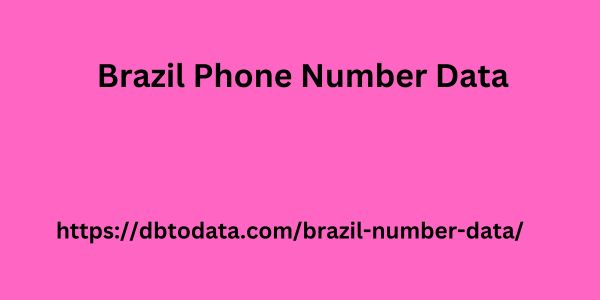Post by account_disabled on Mar 11, 2024 4:46:48 GMT
This question is worth asking to determine if candidates can use standard business analysis documents when creating a user story. Many complex diagrams help business analysts collect data. The main diagrams that a business analyst would use include: Flowcharts: A flowchart represents the entire workflow of a project or business operation, making it easy for external stakeholders to examine the process during development. Use case diagrams: Business analysts use these diagrams when they show the set of actions, functions, features and services that a project must have. Collaboration Diagrams: In a unified modeling language, the collaboration diagram shows the relationship between objects. However, a business analyst can use it to determine the interactions between your company's workflow and output productivity levels. 6. What is BRD? How is it different from SRS? BRD stands for business requirement document, a formal report that shows project objectives, business strategies, and desired results. A company and an external client can consult this document throughout the development of the project.
On the other hand, SRS is a software requirements specification that represents the purpose and environment of the developed software processes. The difference is that stakeholders use BRD for quality control and technical guidelines, and small and medium-sized businesses use SRS for data governance. Send candidates an Exploratory Data Analysis test to see how they extract data visualizations using documents like BRD. This assessment is an effective way to test candidates' business analyst skills . 7. What are exception flow and alternative flow in a use case diagram? The alternative Brazil Phone Number Data flow shows the sequence of steps in a use case that helps a company meet its objectives. It usually means that a user has taken an alternative path in business process modeling to better optimize workflows. Exception flow refers to an unforeseen path due to insufficient resources or lack of information. This undesirable sequence of steps also represents how a process can fail and create errors that require urgent mitigation. Most of the time, exception flow does not achieve the main objective in a business case.

Define analytical reports. Candidates should understand analytical reporting to manage data and use business intelligence to gain control of a company's processes. This question can also help you better understand your data science skills in data visualization and business process improvement. Analytical reporting is the process of evaluating a company's strategies and decisions based on key data. Business analysts should write this report to evaluate their course of action with results. For example, these professionals can offer suggestions on how to expand your products to a broader market. Starting in 2022, more ial. 9. What is scope creep? How can it be avoided? Scope corruption refers to sudden changes, requirements, or uncontrolled growth because a project does not have a comprehensive plan. Without proper planning, it is easy for a company to overlook functional needs such as product features. Avoiding this problem can be difficult, but experienced candidates should know that it is essential to track the goals of a project. Business analysts can avoid scope corruption by writing down project requirements.
